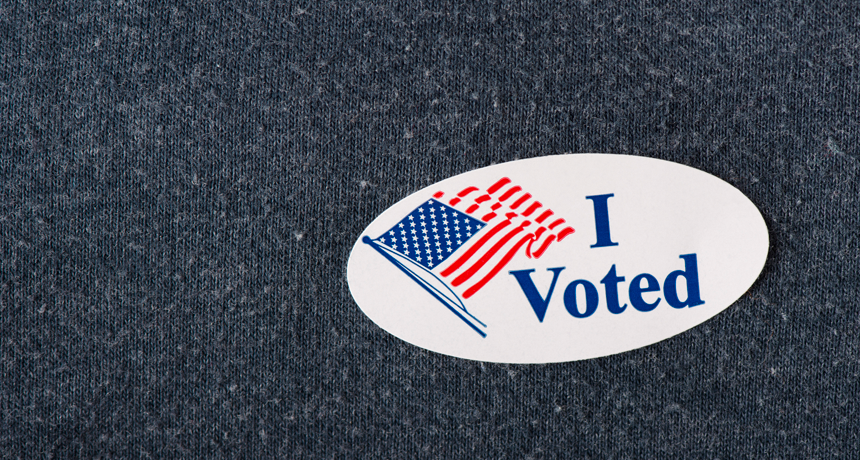Questions for ‘How computers get out the vote’

The process of building a human-like head in a video game starts with simple shapes, as Ryan Bown shows here. More shapes are added as the modeling process continues. This builds up the resolution, offering more details to entertain video-game players.
Ryan Bown